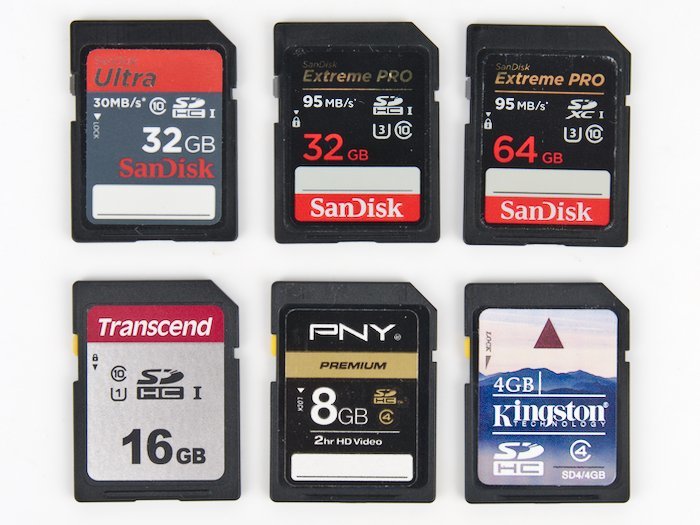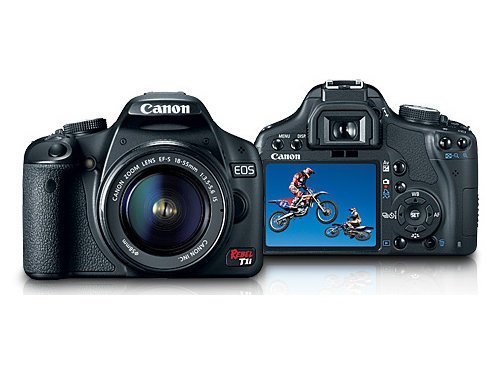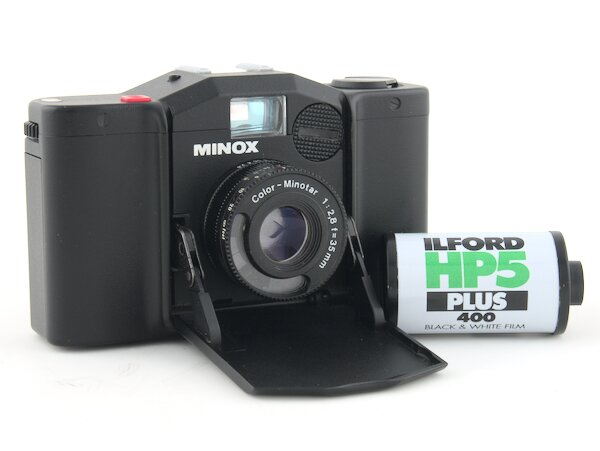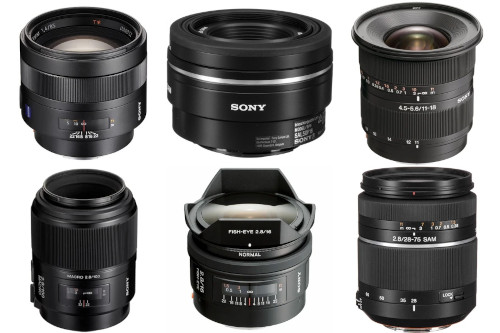
The 6 Best Lenses for the Sony A700
- Nathaniel Stephan
- Sony a700
- April 10, 2020
Table of Contents
The Sony A700 is notable for being one of the few DSLRs that uses the Sony/Minolta A-mount.
If you don’t know, Sony bought the Minolta camera division in 2006. This was due to financial pressures stemming from Minolta having to recall their first two entrants into the DSLR market, the Maxxum 7D and Maxxum 5D.
The A700 is the successor of the Maxxum 7D. For a time, it was the top APS-C model.
Affiliate Advertising Disclosure
Outside the Shot is a participant in the Amazon Services LLC Associates Program, an affiliate advertising program designed to provide a means for sites to earn advertising fees by advertising and linking to Amazon.com.
As an eBay Partner, I may be compensated if you make a purchase. I also participate in affiliate advertising programs with KEH and Adorama. More can be found on the Affiliate Disclosure page.
Here’s the list of the 6 best lenses:
- Standard Lens - Sony 50mm f/1.8 SAM DT
- Portrait Lens - Sony 85mm F1.4 ZA CZ
- Zoom Lens - Sony 28-75mm f/2.8
- Wide Angle Lens - Sony DT 11-18mm f/4.5-5.6
- Fisheye Lens - Sony 16mm f/2.8
- Macro Lens - Sony 100mm f/2.8 Macro
Beneath, the top Sony lenses are broken down by type of photography. There are alternative choices ranging in cost.
Sony 50mm f/1.8 SAM DT
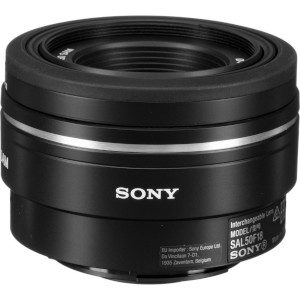
- Outstanding optics.
- Small and light weight.
- Can be difficult to find new.
- Smooth Autofocus Motor (SAM)
- Circular aperture.
See current price and more information on:
An outstanding mix of very small size and light weight. Quiet and smooth autofocus is supplied from a built-in motor..
The rounded aperture blades allow you to close down to f/4 and still have close to a circular aperture. This delivers stunning bokeh and greater freedom in controlling your depth of field.
Minolta Maxxum AF 50mm f/1.7
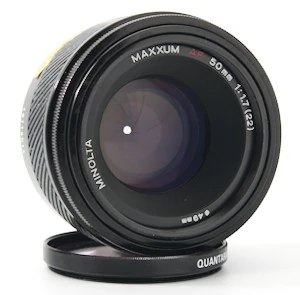
- Built-in lens hood.
- Amazing value.
- Light and compact.
- Widely available used.
- Coupled autofocus.
See current price and more information on:
This design was released by Minolta together with the launch of the A-mount. As a consequence of how old the lens is, the autofocus is powered by a motor built into the A700 camera body.
Autofocus that is coupled can be noticeably noisy and laggy. If that is not a huge concern for you the results are outstanding. {The bokeh is pleasing and you’ll get a classic rendering|You will get a classic look to your images and attractive bokeh.
An additional big advantage of this lens is the cost. It is considerably more affordable than the Sony 50mm f/1.8 and also might be the cheapest lens on the list.
Sony 50mm f/1.4
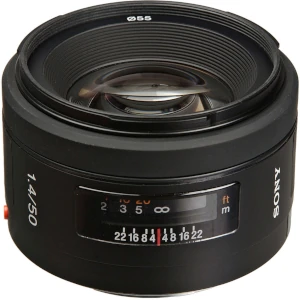
- Outstanding optics.
- Optical multi-coatings.
- Circular aperture.
- 55mm filter threads.
See current price and more information on:
A little bit faster than the Minolta or Sony f/1.8, however that can really be important when you are shooting without much light. That of course comes at a larger cost.
It is still a light and relatively small lens that balances nicely on the A700 and will fit into just about every camera bag.
A moderately more inexpensive solution is the Minolta AF 50mm f/1.4. Bear in mind that they can be hard to come across in usable condition. The lens also uses physically coupled autofocus, which is worse than lenses that were designed with built-in motors}.
Portrait & Telephoto Lens
Sony 85mm f/1.4 ZA
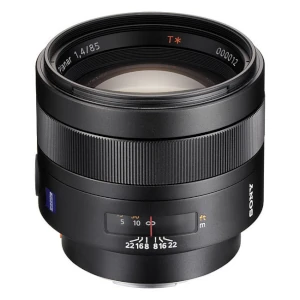
- Incredible bokeh.
- Excellent value used.
- T* coating to reduce flare and increase contrast.
- Astonishingly sharp wide open.
See current price and more information on:
Sony wanted to show off what the A-mount can do with this lens. The lens was manufactured by Zeiss. The ZA (Zeiss Alpha) signifies that Zeiss designed the lens specifically for the A-mount.
This is an exceptional lens. Corner-to-corner sharpness with brilliant color that creates amazing portraits.
A potential downside is that it is a bit on the heavy side as a result of being built like a tank and it can feel slow to autofocus. Bear in mind, that you’ll find those same issues with any f/1.4 85mm lens.
Minolta Maxxum AF 85mm f/1.4
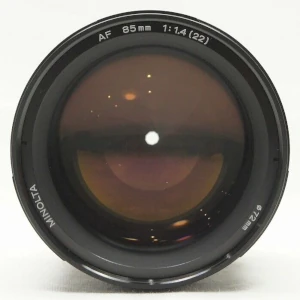
- Possible to find a good used deal.
- Superb image quality.
- Uses autofocus coupler.
- Double-Gauss design.
See current price and more information on:
In terms of price, this lens sits between the others. Obtaining a used lens in better than acceptable condition may be difficult due to a limited supply available.
Although the lens does have autofocus, it is driven by the in-body motor that employs a physical coupler. This means the lens will be slow to autofocus and fairly noisy.
The lens is an older 6 lens element Double-Gauss design. That is not a bad thing as the lens has a unique appearance that can’t be recreated with a modern lens.
Sony A700 Zoom Lenses
Sony 28-75mm f/2.8
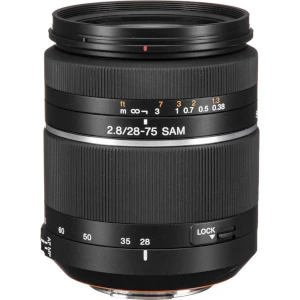
- Very usable zoom range.
- Great value used.
- Constant aperture.
- Smooth Autofocus Motor (SAM).
See current price and more information on:
If you want to shoot night events, travel, indoor shooting, and family photos, this is an ideal fast zoom for that. The autofocus is fairly quiet and the lens is well made.
The lens is often compared to the excellent Zeiss 24-70mm lens, but it is close to half the weight and has a lower price. Both produce professional photos.
Sony 55-200mm f/4-5.6 SAM DT
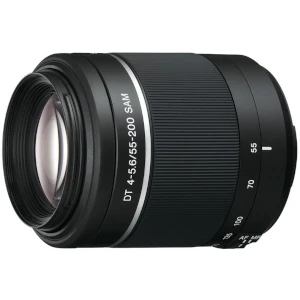
- Telephoto zoom range.
- Great for portrait or wildlife photography.
- Smooth Autofocus Motor (SAM).
- Inexpensive.
See current price and more information on:
A cheaper alternative that can still produce outstanding results. It’s not a professional lens, consequently so long as you don’t require high end technology, it is an excellent lens.
As a telephoto zoom, it gives you an outstanding range for getting images of children outdoors, sports, and wildlife.
The autofocus is snappy and it produces tack sharp photos. The lens is constructed out of plastic, which will help cut down on weight.
Sony 75-300mm f/4.5-5.6
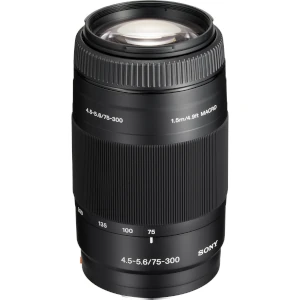
- Super telephoto zoom lens.
- Great for portrait or wildlife photography.
- 2.81 inches in diameter and 4.81 inches long.
- 55mm filter threads.
See current price and more information on:
This meets the criteria of a borderline super-telephoto lens. It’s a terrific affordable option for any time you would like a lots of reach.
It’s 2.8 inches (7.1 cm) in diameter, 4.8 inches (12.2 cm) long, and weighs in at 1 pound 2 ounces (510g). While that is not lightweight, many pro telephoto zooms are multiple times heavier.
For a little bit better overall performance look for the Sony 70-300mm f/4.5-5.6 SSM ED G-Series, but unfortunately plan on paying approximately twice the price.
Wide Angle Lens
Sony DT 11-18mm f/4.5-5.6
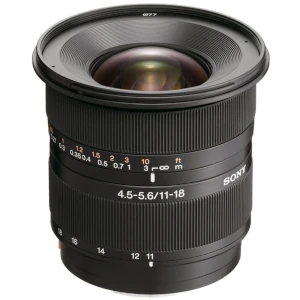
- Has a aspherical lens elements.
- Optical multi-coatings.
- Great value when purchased used.
- Circular aperture.
See current price and more information on:
Awesome value for the money if you want to take excellent wide shots that standard kit zooms cannot get. Distortion, especially of straight vertical lines is small or non-existent unless you’re trying to have an distorted perspective.
In addition to being ideal at shooting breathtaking landscapes, it is a terrific lens to travel with. The angle of view is wide enough so that when you see something you’ll be able to get everything you see into the Sony A700’s frame.
Sony 20mm f/2.8
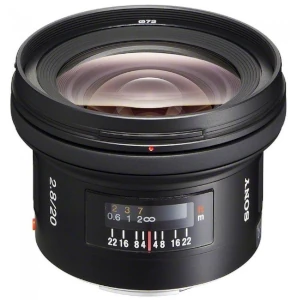
- Great for landscapes and architecture.
- Coated optics for clarity and definition.
- Rear focusing system for fast autofocus response.
- 72mm filter threads.
See current price and more information on:
It is well-corrected and does a good job of reducing lens distortion. Furthermore, an enormous amount of effort has been put into minimizing internal reflections and flare.
The result is a fantastic lens that is appropriate for astrophotography, landscape, and architecture photography. The lens has a rear focusing system which means the front isn’t going to rotate so you will not have any difficulties using a circular polarizer or other filter.
Tokina AT-X 11-16mm f/2.8 DX II
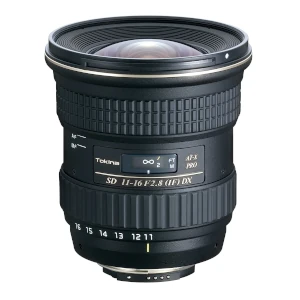
- Wide angle zoom lens.
- Hardened Alumite finish.
- Advanced optical coatings.
- All metallic moving parts.
- Designed for APS-C Sensors.
See current price and more information on:
It does not have tremendously fast autofocus, but the focus clutch means it’s a very good selection for manual focusing. A push or pull of the focus ring switches the lens from AF to MF.
The Tokina has a larger aperture when compared to the Sony 11-18mm, which will not be a big deal for architecture or landscape photos. Where you’ll find something different is during astrophotography. That’s a scenario where you would want to take advantage of the 1-2 stop advantage the Tokina offers.
Fisheye
Sony 16mm f/2.8 Fisheye
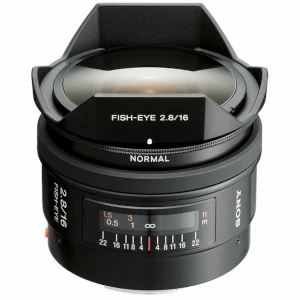
- Sharp corner-to-corner.
- 4 built-in filters: Normal, 056, B12, A12.
- 8 inch minimum focus distance.
- Aspherical and Extra-low Dispersion elements.
See current price and more information on:
Built-in filters are a terrific inclusion because the lens has a fixed petal-style hood which prevents a lens filter from being put on the front of the lens.
- 056 - Accented contrast for black and white photos.
- B12 - Correct color by eliminating red tones.
- A12 - Correct color by eliminating blue tones.
This lens has pretty much everything you could want from a fisheye lens. You can achieve the exaggerated distortion, but the image will remain tack sharp from corner-to-corner without vignetting.
Rokinon 8mm f/3.5 Fisheye
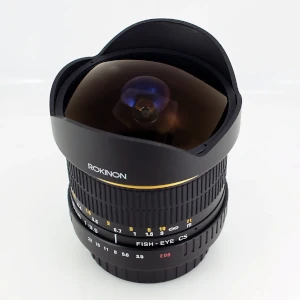
- Internal focus.
- 180 degree angle of view.
- Manual focus.
- Minimum focusing distance of 12 inches (0.3m).
- Designed for APS-C sensors.
See current price and more information on:
The lens has a curved front which means lens filters cannot be used. It has a detachable petal-shaped hood that you will want to make sure is included if you order a pre-owned copy.
Quality can be hit or miss because of the low price of the lens. Most people are quite pleased with the images they get. You will nevertheless want to extensively test out the lens when you get it to ensure it isn’t substandard.
Macro Lens
Sony 100mm f/2.8 Macro
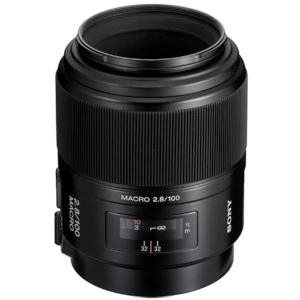
- 9 aperture blades.
- Focus range limiter.
- High contrast and resolution.
- 55mm filter threads.
See current price and more information on:
An ideal balance of cost, size, and working distance for the Sony A700. The autofocus is a bit loud, but for b taking macro photos, manual focus is ideal.
For excellent output at 1:1 magnification the lens really needs to be stopped down by two or more stops. Doing that will additionally give you a larger depth of field, which is very important for macro photography.
Sony 50mm f/2.8 Macro
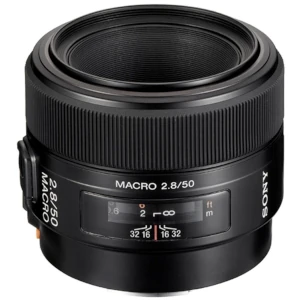
- 10.4 ounces (295g).
- Focus range limiter.
- Focus Hold button for full creative control.
- 55mm filter threads.
See current price and more information on:
A 50mm isn’t that useful for 1x magnification on account of how small the working distance will be. At 1x magnification, the front of the lens will have to be about 2 inches (5 cm) far from the subject.
This lens does well at tabletop, close-up, and copy work. It gives you the option to get closer to a subject than a 50mm prime, and is great for nature photography whenever you need to fill the camera frame with a tiny subject, for instance a flower.
Tamron AF 90mm f/2.8 Di SP A/M 1:1 Macro
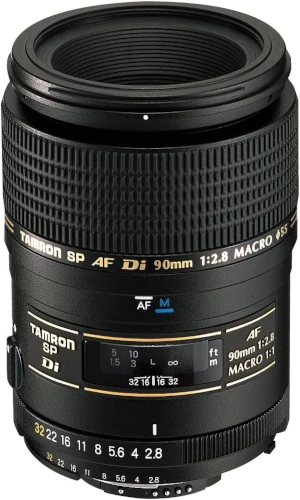
- Available in a variety of camera mounts.
- Improved resolution, chromatic correction, and optical coatings.
- Super Performance (SP)
- Focus clutch to switch between AF & MF.
See current price and more information on:
The focus ring feels great when manually focusing, and it also has autofocus. Closed down 2 or more stops and you’ll get tack sharp photos.
Furthermore, be careful when getting it as it is produced for a number of camera lens mounts.
Used A-Mount Camera Lens Prices
Prices are regularly changing. During the previous couple of years, participation in film photography has been going up. As there are Minolta 35mm film cameras that use A-mount lenses, some additional demand is added to the price of lenses.
The Sony A-mount also doesn’t have a huge market share. Because of this, a smaller number of third party choices can be found and the lenses built by Sony are occasionally on backorder.
To get the least expensive price on what you want, check out prices on a few sites. For pre-owned lenses, be ready to make a purchase when you come across a deal as they usually do not be available for very long.
What Lens Mount Does the A700 Use?
The Sony A700 uses the Sony A-mount. It is also identical to the Minolta A-mount. The reason behind this is that Sony acquired Konica Minolta’s camera division in 2006.
The A-mount was designed by Minolta for the release of interchangeable lens cameras with autofocus in 1985. It’s still Supported by Sony.
Standard Lens Cap Size
55mm, but honestly the sizes vary widely. Older Minolta lenses tend to have 49mm filter threads.
You can also find numerous lenses that have filter threads much larger than 55mm. It’s not unusual to see 77mm ro 72mm. It would have been nice if Sony utilised only 2 or 3 different filter sizes.
